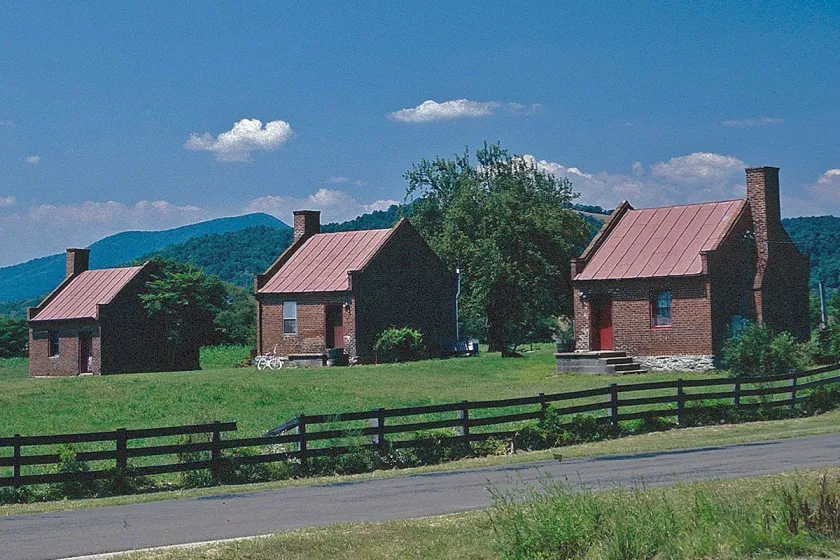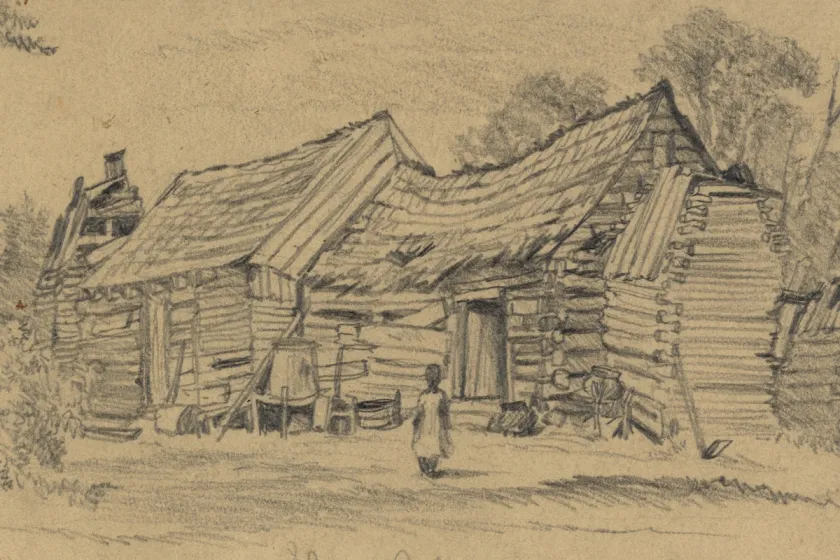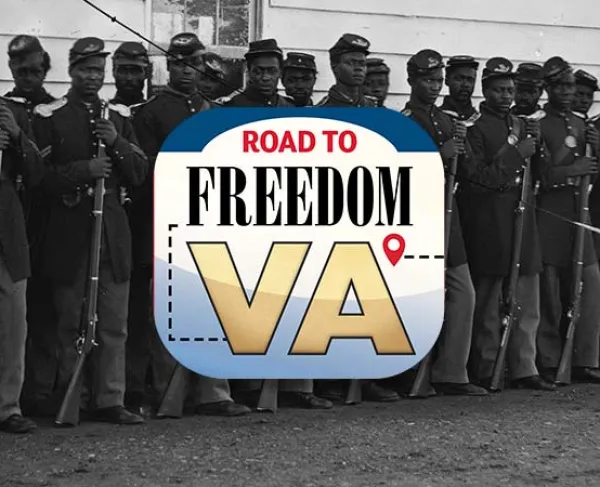Twilight Of Slavery
Virginia
309 Ben Venue Rd
Flint Hill, VA 22627
United States
This heritage site is a part of the American Battlefield Trust's Road to Freedom Tour Guide app, which showcases sites integral to the Black experience during the Civil War era. Download the FREE app now.

The three brick cabins in the field before you are tangible connections to the enslaved people of Rappahannock County before and during the Civil War. Many slaves escaped to Union lines here and elsewhere, and some former bondsmen served in the U.S. Army as United States Colored Troops following the issuance of the Emancipation Proclamation in January 1863.
In July-August 1862, part of the Union Army of Virginia occupied Rappahannock County and camped on these grounds. Slaves on nearby farms fled especially to Gen. Robert H. Milroy’s camp in Woodville. Milroy, known as an abolitionist, put them to work as laborers, cooks, and teamsters (William Payne of Amissville served as a teamster). He formed some of the men into a pioneer (construction) company. The 27th Indiana Infantry organized former slaves into a mock military unit that drilled near Amissville. The next year, Eliza Brown, a slave on a plantation a mile east of here, became a cook for Union Gen. George A. Custer. Federal soldiers then noted a marked decrease in the number of slaves from 1862, in part because the Confederate government had requisitioned 150 Rappahannock County slaves to labor for the Southern army.

The Ben Venue slave cabins are among the most sophisticated examples of such quarters in Virginia. Most housing for slaves consisted of shacks or log cabins with stick-and-mud chimneys and little ventilation. During the antebellum period, however, prosperous owners sometimes constructed more substantial quarters in prominent locations as visible expressions of wealth. By the second decade of the 19th century, slaves constituted the largest capital investment in the South next to the land itself. Many owners realized that crude utilitarian dwellings would not enhance the health or productivity of their most highly valued possessions. Better housing did not change the essential character of slavery, however, and many individuals ran away when opportunities arose. The 1860 United States Slave Schedules for Rappahannock County lists 414 fugitives out of 3,120 slaves.



